12 Legendary 1970s Songs That Almost Didn’t Make It to Radio
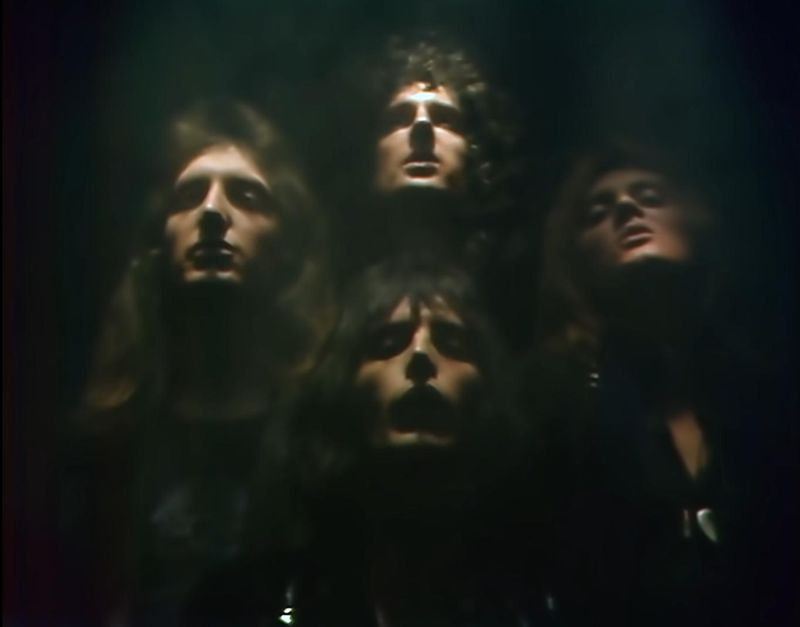
The 1970s brought us some of music’s most unforgettable songs, but many almost never reached our ears. Record executives, skeptical producers, and industry doubts nearly kept these classics from ever hitting the airwaves. Behind every iconic melody we know by heart lies a surprising backstory of rejection and struggle before breakthrough success. These songs fought their way from near-obscurity to become the soundtrack of a generation.
1. Bohemian Rhapsody: Queen’s Six-Minute Gamble
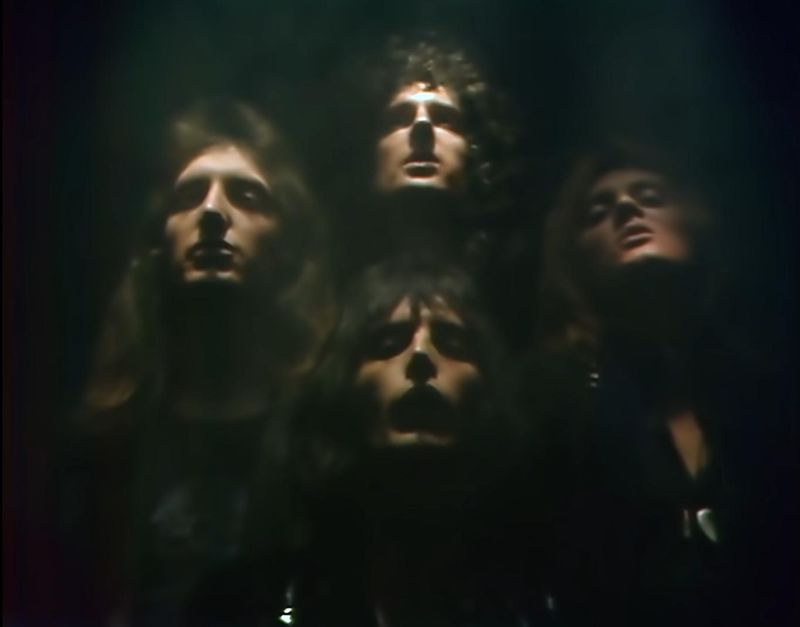
Record executives thought Queen had lost their minds. A six-minute rock opera with bizarre lyrics about Galileo and Bismillah? “Too long for radio,” they declared, shaking their heads at the band’s ambitious 1975 masterpiece.
Freddie Mercury and the band refused to edit it down. They bypassed traditional channels by personally delivering copies to DJ Kenny Everett, who played it 14 times in one weekend despite being told not to.
Listeners flooded stations with requests, forcing reluctant executives to release it properly. The gamble paid off spectacularly – the song topped UK charts for nine weeks and became one of rock’s most revered compositions.
2. Rapper’s Delight: Hip-Hop’s Unexpected First Hit
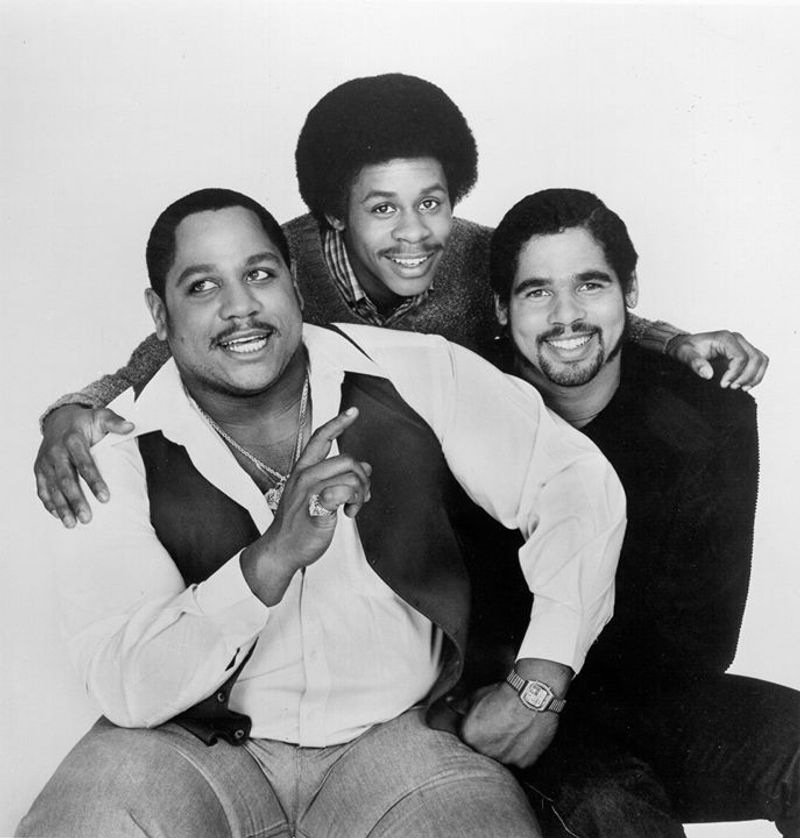
When The Sugarhill Gang recorded a 14-minute rap song in 1979, everyone thought they were crazy. No one believed a lengthy rap track could work on mainstream radio when the genre was virtually unknown outside New York City.
Released on the tiny independent Sugar Hill Records, the song featured three unknown rappers borrowing Chic’s bass line from “Good Times.” Local DJs brave enough to play this strange new sound found their phone lines lighting up with curious listeners.
Against all odds, this pioneering track broke through, becoming hip-hop’s first mainstream hit and opening doors for an entire musical revolution that continues to shape our culture today.
3. Stayin’ Alive: The Accidental Disco Anthem

The Bee Gees never planned for “Stayin’ Alive” to be a single at all. RSO Records had already chosen “How Deep Is Your Love” as the lead track from the Saturday Night Fever soundtrack, considering it the safer bet for radio play.
When director John Badham used the driving disco beat to underscore John Travolta’s iconic strut through Brooklyn, everything changed. The pulsing rhythm and falsetto vocals perfectly captured the era’s nightlife energy.
Studio executives reluctantly released it only after seeing early film footage. Their hesitation seems laughable now – the song topped charts in multiple countries, becoming the defining anthem of the disco movement and cementing the Bee Gees’ place in music history.
4. Dream On: Aerosmith’s Slow-Burning Breakthrough
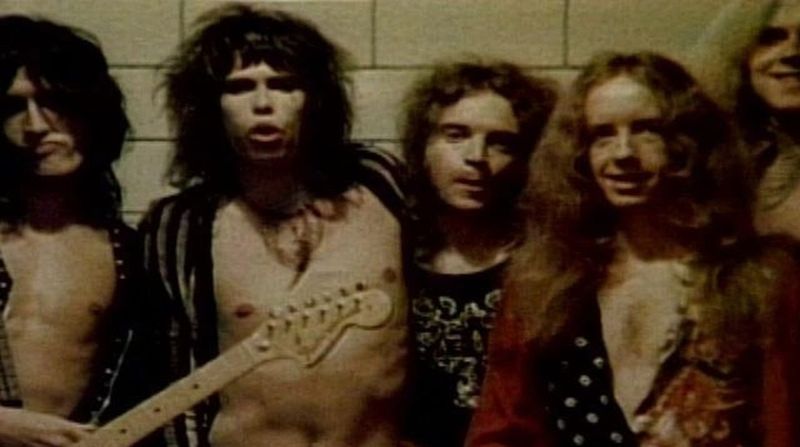
Steven Tyler’s haunting vocals on “Dream On” initially fell on deaf ears when Aerosmith released it in 1973. Columbia Records barely promoted the track, and it flopped spectacularly, peaking at a dismal number 59 on the charts.
The band continued touring relentlessly, building a loyal following through electrifying live performances. Three years later, after the success of “Sweet Emotion” and “Walk This Way,” Columbia reluctantly agreed to re-release the forgotten ballad.
This time, listeners were ready. The song’s soaring chorus and Tyler’s emotional delivery connected with audiences, finally climbing to number 6 in 1976. Today it stands as the blueprint for the power ballad and remains Aerosmith’s signature song.
5. I Will Survive: The B-Side That Refused to Die

Gloria Gaynor’s record label thought so little of “I Will Survive” that they buried it as the B-side to a forgettable cover of “Substitute.” Polydor Records executives dismissed the empowering anthem as merely album filler in 1978.
Club DJs had other ideas. Flipping the record over, they discovered the infectious beat and defiant lyrics resonated powerfully with dancers. Word spread through nightclubs across America about the hidden gem on the wrong side of the vinyl.
Radio stations finally caught on after overwhelming club popularity forced the label to properly promote it. The song topped charts worldwide and transcended disco to become a universal anthem of resilience, with Gaynor’s powerful vocals inspiring generations of breakup survivors.
6. More Than a Feeling: Boston’s Basement Masterpiece
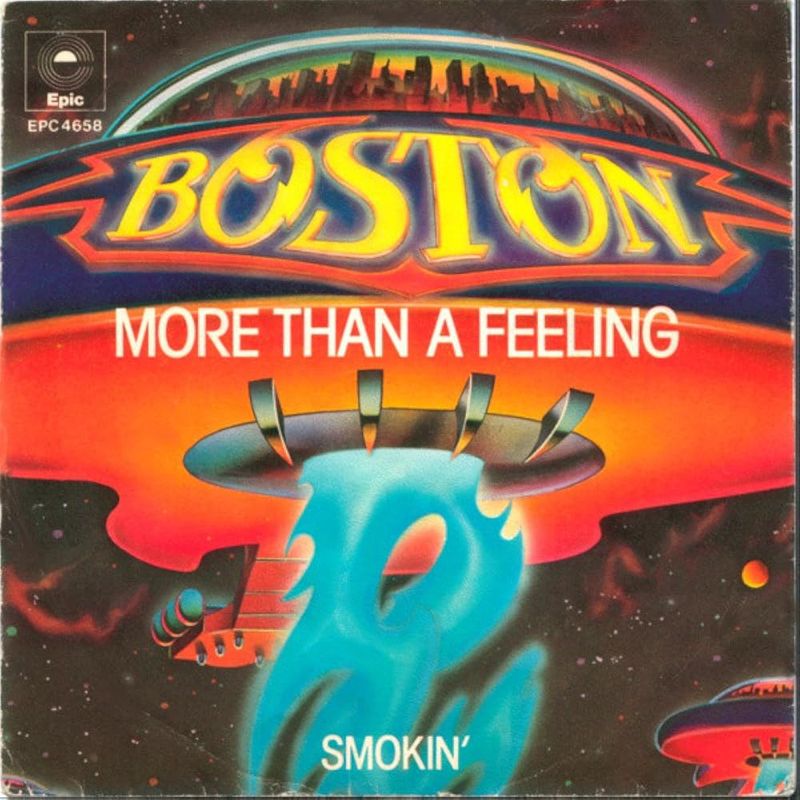
Tom Scholz wasn’t your typical rock star. The MIT graduate and Polaroid engineer spent years perfecting “More Than a Feeling” in his basement studio, using homemade equipment and innovative recording techniques that baffled industry professionals.
Epic Records executives were deeply skeptical of Scholz’s DIY approach. How could something recorded in a basement compete with professional studios? They signed Boston reluctantly, expecting little from this oddball perfectionist and his meticulously crafted songs.
Released in 1976, the track’s pristine production and soaring guitar work stunned listeners and critics alike. The song’s immediate success proved Scholz’s basement wizardry was revolutionary, not amateur. His perfectionism paid off, creating one of rock’s most recognizable guitar anthems and launching Boston to stardom.
7. Le Freak: The Disco Song Born From Rejection
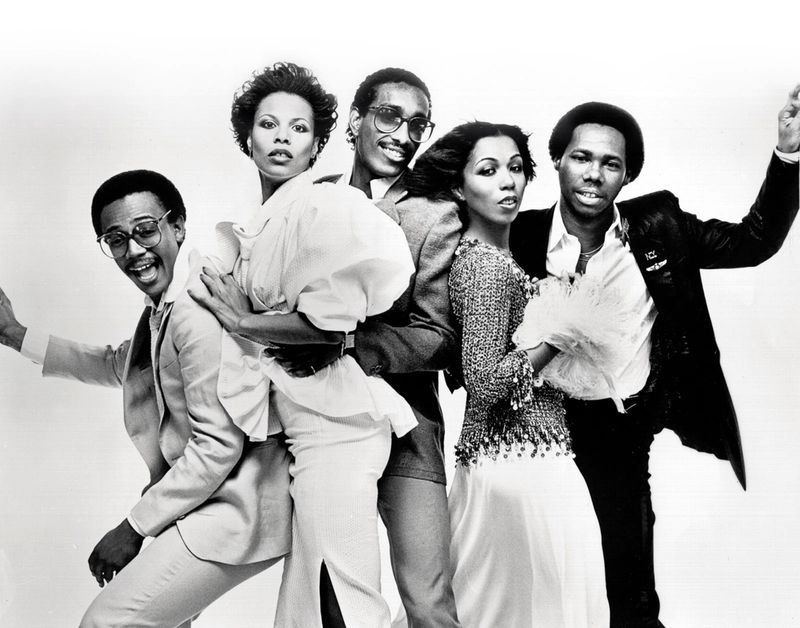
“Le Freak” began as an angry response to humiliation. Nile Rodgers and Bernard Edwards of Chic wrote it after being denied entry to Studio 54 on New Year’s Eve 1977, despite being invited by Grace Jones. The original chorus wasn’t “Freak Out” but something far more profane.
Atlantic Records executives were horrified by the aggressive lyrics and refused to release it. The duo reluctantly reworked their frustration into the more radio-friendly “Freak Out” hook we know today.
The transformed track became Atlantic’s biggest-selling single ever, topping charts worldwide. Its distinctive guitar riff and infectious groove made it disco’s defining instrumental sound, with Rodgers’ guitar technique influencing generations of musicians across all genres.
8. Don’t Stop Believin’: Journey’s Unconventional Structure
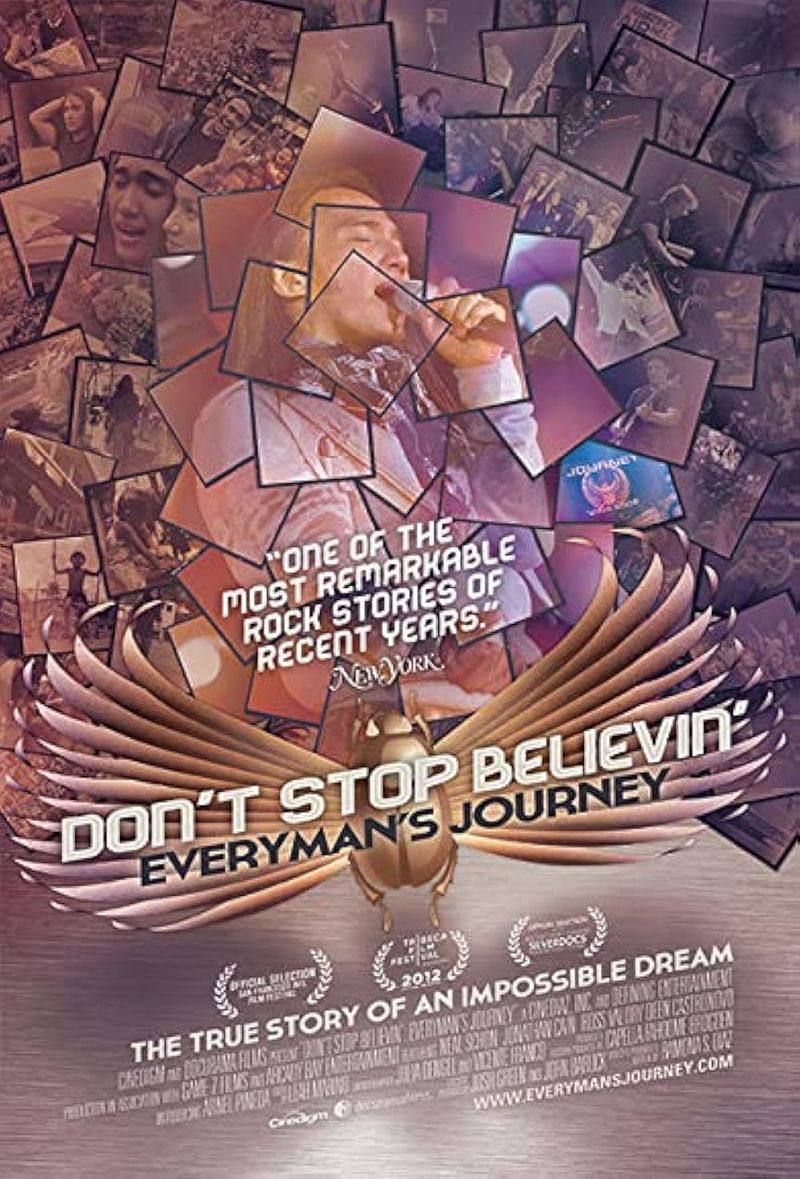
Journey’s Steve Perry broke all the rules with “Don’t Stop Believin’.” The 1981 track (recorded in late ’79) held its chorus until the final minute – radio suicide according to industry wisdom. Columbia Records executives cringed at its unusual structure and obscure references to “midnight trains” and “South Detroit.”
The label buried it as the album’s fourth single, expecting little. Despite modest initial success, the song refused to fade away, maintaining steady album rock airplay throughout the 1980s.
Decades later, its appearance in The Sopranos finale and Glee catapulted it to unexpected immortality. Today it’s the most downloaded 20th-century song in iTunes history – a delayed triumph for a composition initially dismissed as too weird for radio success.
9. Heart of Glass: Blondie’s Punk-to-Disco Betrayal

Punk purists were outraged when Blondie unveiled “Heart of Glass” in 1978. The band had emerged from New York’s gritty CBGB scene, where disco was considered the enemy. Chrysalis Records feared releasing the track would alienate their core fans and destroy the band’s credibility.
Debbie Harry and Chris Stein ignored the backlash, embracing producer Mike Chapman’s polished disco transformation of their earlier punk demo “Once I Had a Love.” The gamble paid off spectacularly when the song topped charts worldwide.
The backlash was fierce – they were labeled sellouts by the punk community. Yet the song’s crossover success redefined Blondie as genre-defying innovators rather than one-dimensional punk rockers, opening doors for their future experimental sounds.
10. Funkytown: The Minneapolis Studio Project That Conquered Discos
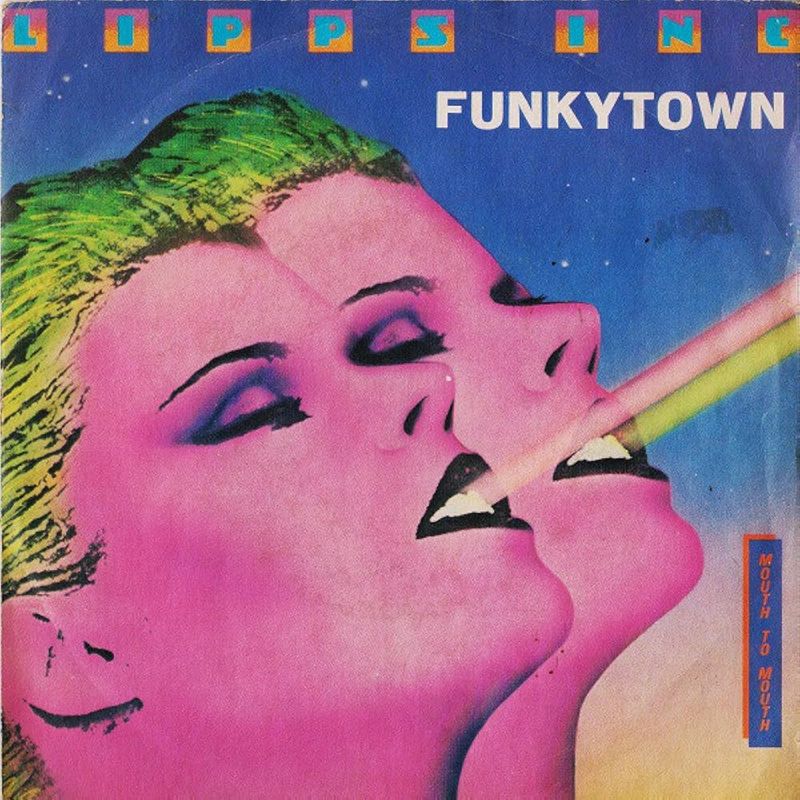
Lipps Inc. wasn’t even a real band when “Funkytown” was created. Musician Steven Greenberg assembled studio musicians in Minneapolis to record this quirky disco track about longing for New York’s exciting nightlife.
Casablanca Records dismissed it as a novelty song from a nobody act from the Midwest. How could anything compete with established disco acts like Donna Summer? They reluctantly released it with minimal promotion, expecting it to disappear quickly.
European DJs discovered the infectious beat and futuristic synthesizers, making it a surprise overseas hit. American radio finally followed, sending it to #1 for four weeks in 1980. The faceless studio project had created disco’s last great anthem before the genre’s commercial collapse.
11. Joy to the World: Three Dog Night’s Throwaway Track

Three Dog Night’s members actively fought against recording “Joy to the World” in 1971. The band considered Hoyt Axton’s composition with its “Jeremiah was a bullfrog” opening line too silly and childish for their rock image.
Dunhill Records reluctantly included it as album filler, never intending it for single release. The band’s producer insisted they record it despite their protests, resulting in a perfunctory performance they expected no one would notice.
Radio DJs discovered the track’s irresistible hook and upbeat energy. Against the band’s wishes, it was released as a single, spending six weeks at #1 and becoming Billboard’s top song of 1971. The throwaway track they never wanted became their signature hit and a perennial favorite.
12. Money: Pink Floyd’s Profane Radio Challenge
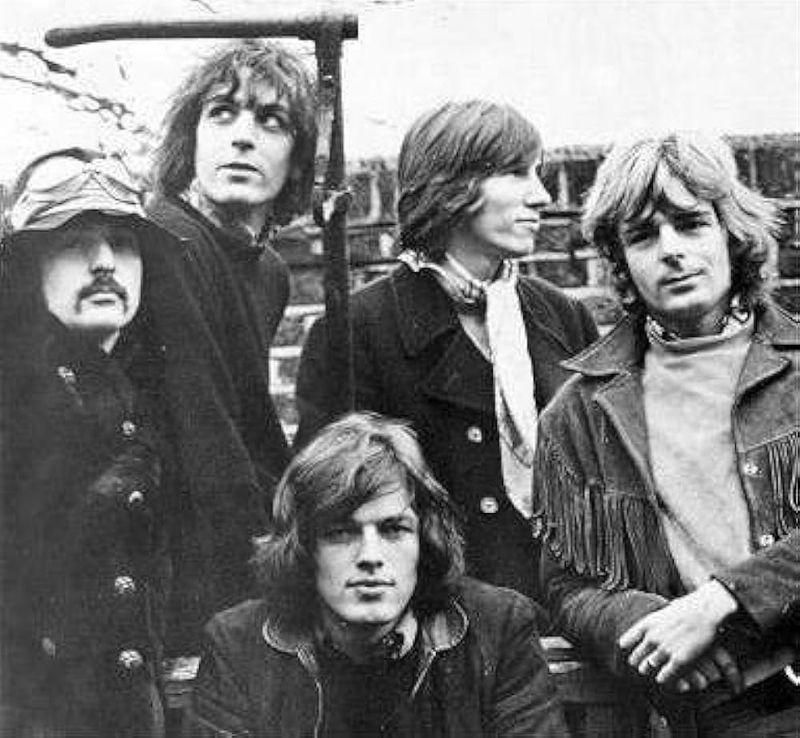
Pink Floyd created a radio programmer’s nightmare with “Money” in 1973. The song contained the profanity word, featured an unusual 7/4 time signature that made dancing impossible, and ran well over standard radio length.
U.S. stations balked at the profanity and complex structure. Who would want to hear a song about greed with saxophones and cash register sound effects? Capitol Records executives worried it was too experimental for American audiences.
The song’s hypnotic bass line and relatable lyrics about capitalism’s pitfalls connected with listeners despite industry concerns. Radio stations created edited versions removing the profanity, helping it become Pink Floyd’s first American hit single and paving the way for their commercial breakthrough with Dark Side of the Moon.

Comments
Loading…